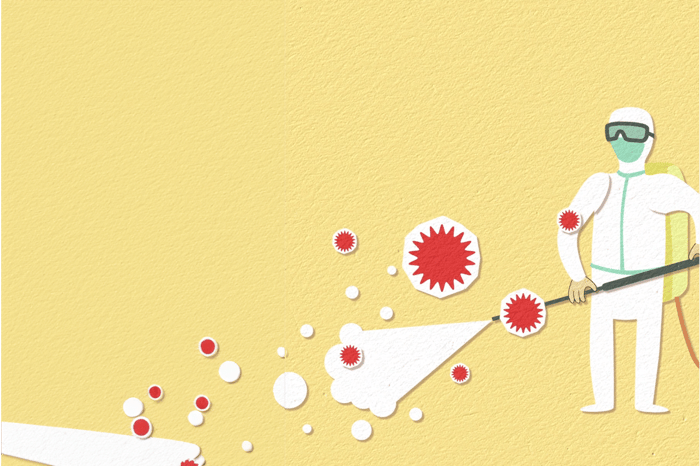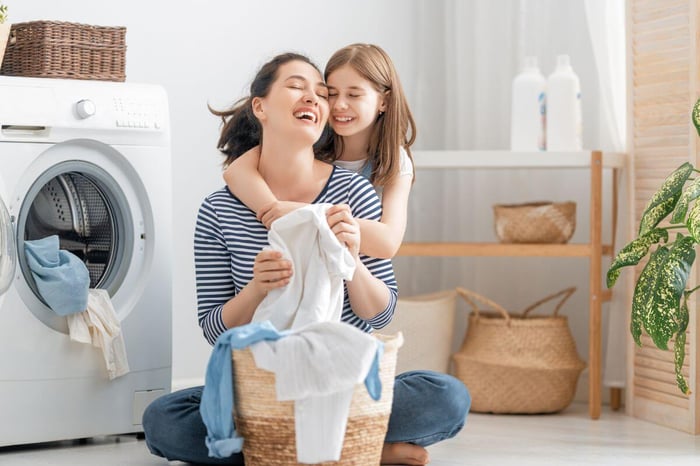
Disinfectants and Bleach: A Thing of the Past
We've been lulled into a false sense of safety thinking traditional cleaners are protecting us, when many of them are not. For a long time and especially after the pandemic, many of us have turned to powerful disinfectants and bleach, trusting them to eliminate germs and ensure a safe environment. However, growing evidence suggests that these traditional cleaning agents may be more harmful than helpful, posing significant health risks and environmental concerns. It's time to reconsider our reliance on these toxic chemicals and embrace safer, more sustainable alternatives. And if you want to know more about why "killing 99.9%" is a bad thing, read this.
The Hidden Dangers of Disinfectants and Bleach
Health Risks of Disinfectants and Bleach:
Respiratory Issues:
- Inhaling fumes from bleach and disinfectants can irritate the respiratory tract, causing coughing, wheezing, and shortness of breath.
- Chronic exposure can exacerbate conditions like asthma and contribute to long-term lung damage.
Skin Irritation:
- Contact with these chemicals can cause skin irritation, burns, and allergic reactions.
- Prolonged exposure can lead to more severe dermatological issues, including dermatitis.
Toxicity:
- Many disinfectants contain volatile organic compounds (VOCs) that contribute to indoor air pollution and have been linked to cancer and reproductive harm.
- Bleach can produce toxic fumes, especially when mixed with other cleaning agents, leading to dangerous chemical reactions.
The Environmental Impact of Traditional Cleaning Products
Polluting Our Waterways:
- Toxic chemicals from disinfectants and bleach are washed down our drains, ending up in our waterways.
- These substances can disrupt aquatic ecosystems, harming fish and other wildlife.
Contributing to Plastic Waste:
- The cleaning industry is notorious for its excessive use of single-use plastic bottles.
- These plastics often end up in landfills or oceans, contributing to the growing problem of plastic pollution.
Persistent Chemicals:
- Many cleaning products contain chemicals that do not easily break down, remaining in the environment for years and accumulating in the food chain.
The Dirty Reality of the Cleaning Industry
A Toxic Legacy:
- The cleaning industry has long relied on harsh chemicals to promise quick and effective results.
- However, this convenience comes at a high cost to our health and the planet.
Greenwashing:
- Some companies market their products as “green” or “natural” without fully eliminating harmful ingredients.
- It's essential to look beyond the labels and understand the true impact of the products we use.
A Healthier, Greener Future
Non-Toxic Alternatives:
- Non-toxic cleaners, like hyve which contains probiotics, offer a safer and more sustainable option.
- These products use beneficial bacteria to naturally break down dirt and harmful microbes, continuing to clean long after application without posing health risks.
Sustainable Packaging:
- Opt for cleaning products that use recyclable or biodegradable packaging to reduce plastic waste. This will also help reduce microplastics.
- Consider refillable options to further minimize environmental impact.
As we become more aware of the hidden dangers of traditional cleaning products, it's clear that disinfectants and bleach should be a thing of the past (so long, Bleach Generation!). The health risks they pose, both through inhalation and skin contact, coupled with their significant environmental impact, make them unsuitable for a modern, health-conscious lifestyle. By switching to non-toxic, sustainable alternatives, we can protect our health, reduce pollution, and move towards a cleaner, greener future.






